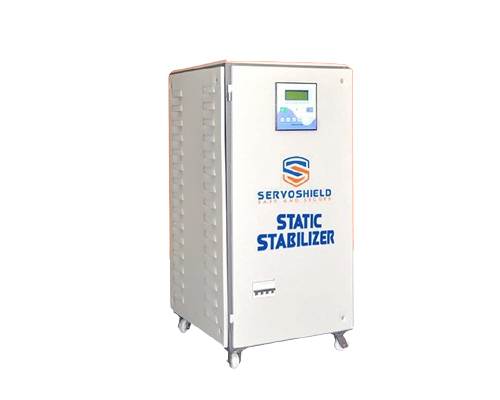In today's modern world, electronic devices have become an integral part of our daily lives. From smartphones and laptops to industrial machinery, these devices rely on a steady and reliable supply of electricity to function properly. However, power fluctuations and voltage spikes are common occurrences that can damage or even destroy sensitive electronic equipment. This is where voltage stabilizers come into play. A voltage stabilizer is a device that regulates the voltage supplied to electrical appliances, ensuring that it remains within a safe and stable range. By doing so, it protects connected devices from voltage fluctuations and spikes, extending their lifespan and preventing costly repairs or replacements.
Voltage stabilizers operate on the principle of automatic voltage regulation (AVR). They monitor the incoming voltage and adjust it to a specified level using a transformer or other regulating mechanism. The transformer consists of two coils, a primary coil connected to the power source and a secondary coil connected to the connected devices. When the incoming voltage is too high, the transformer reduces the number of turns in the secondary coil, decreasing the voltage supplied to the devices. Conversely, if the incoming voltage is too low, the transformer increases the number of turns in the secondary coil, boosting the voltage.
Types of Voltage Stabilizers
There are several types of voltage stabilizers available, each designed for specific applications:
Servo Voltage Stabilizers: These stabilizers use a servomotor to adjust the transformer's coils, providing precise and fast voltage regulation. They are suitable for high-power applications such as industrial equipment, medical devices, and data centers. Relay Voltage Stabilizers: Relay stabilizers use a series of relays to switch between different taps on the transformer, regulating the voltage in discrete steps. They are more affordable than servo stabilizers but offer less precise voltage regulation. Solid-State Voltage Stabilizers: These stabilizers use solid-state electronic components, such as transistors and thyristors, to regulate the voltage. They are compact, efficient, and offer fast voltage regulation.Types of Benefits of Using Voltage Stabilizers
Using voltage stabilizers offers several benefits, including:Protection against voltage fluctuations and spikes: Voltage stabilizers prevent damage to electronic devices caused by unstable power supply. Extended lifespan of devices: By regulating the voltage, voltage stabilizers reduce stress on connected devices, prolonging their lifespan. Improved performance: Stable voltage ensures optimal performance of electronic devices, reducing errors and downtime. Reduced maintenance costs:voltage stabilizers prevent costly repairs or replacements of damaged devices due to voltage fluctuations. Peace of mind: Knowing that electronic devices are protected from voltage fluctuations provides peace of mind to users.
Voltage stabilizers play a crucial role in ensuring the reliable and safe operation of electronic devices. By regulating the voltage supply, they protect against voltage fluctuations and spikes, extending the lifespan of devices and improving their performance. Whether it's for home use, industrial applications, or critical infrastructure, voltage stabilizers are an essential investment for ensuring the uninterrupted and efficient operation of our electronic devices.


